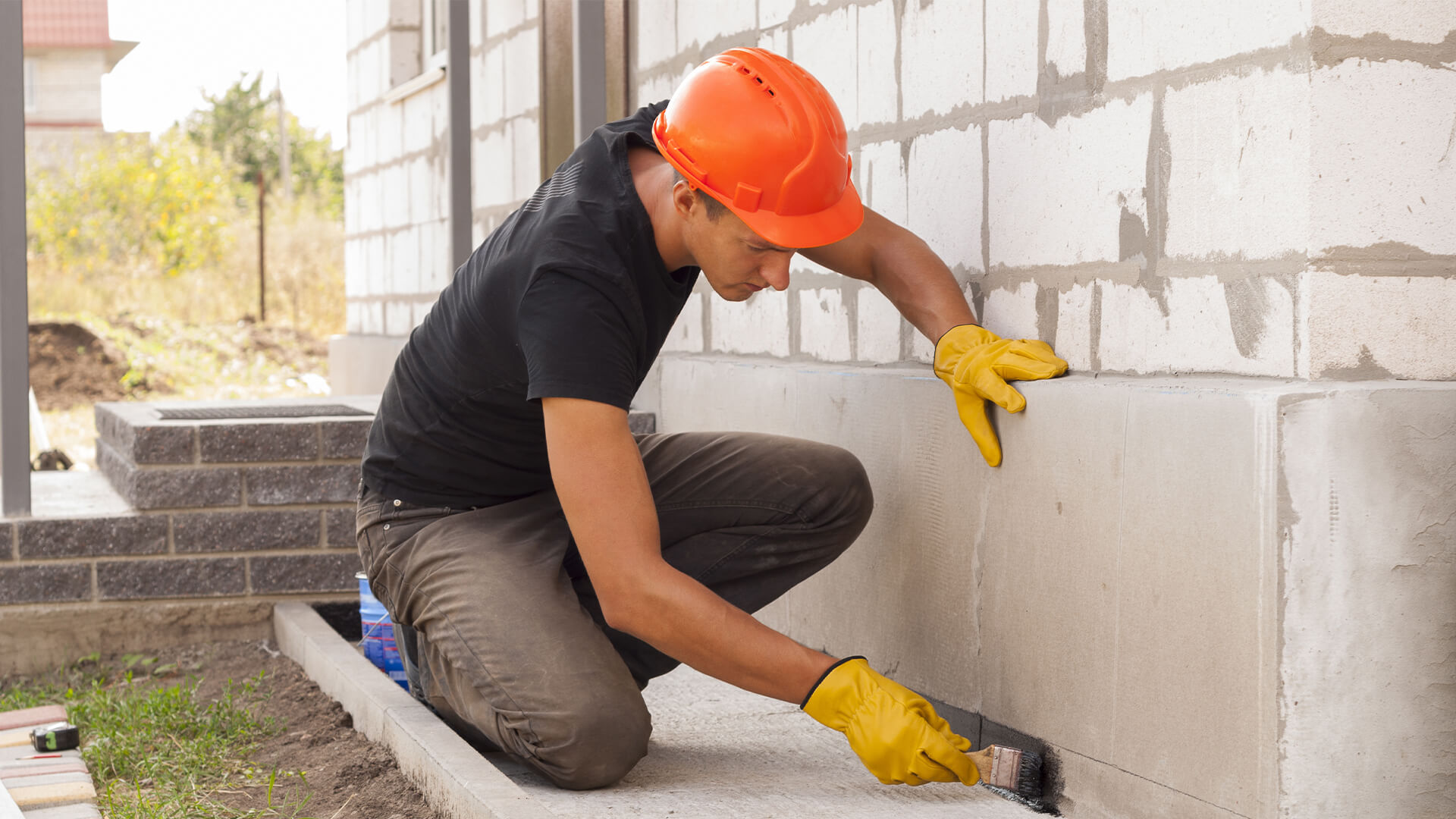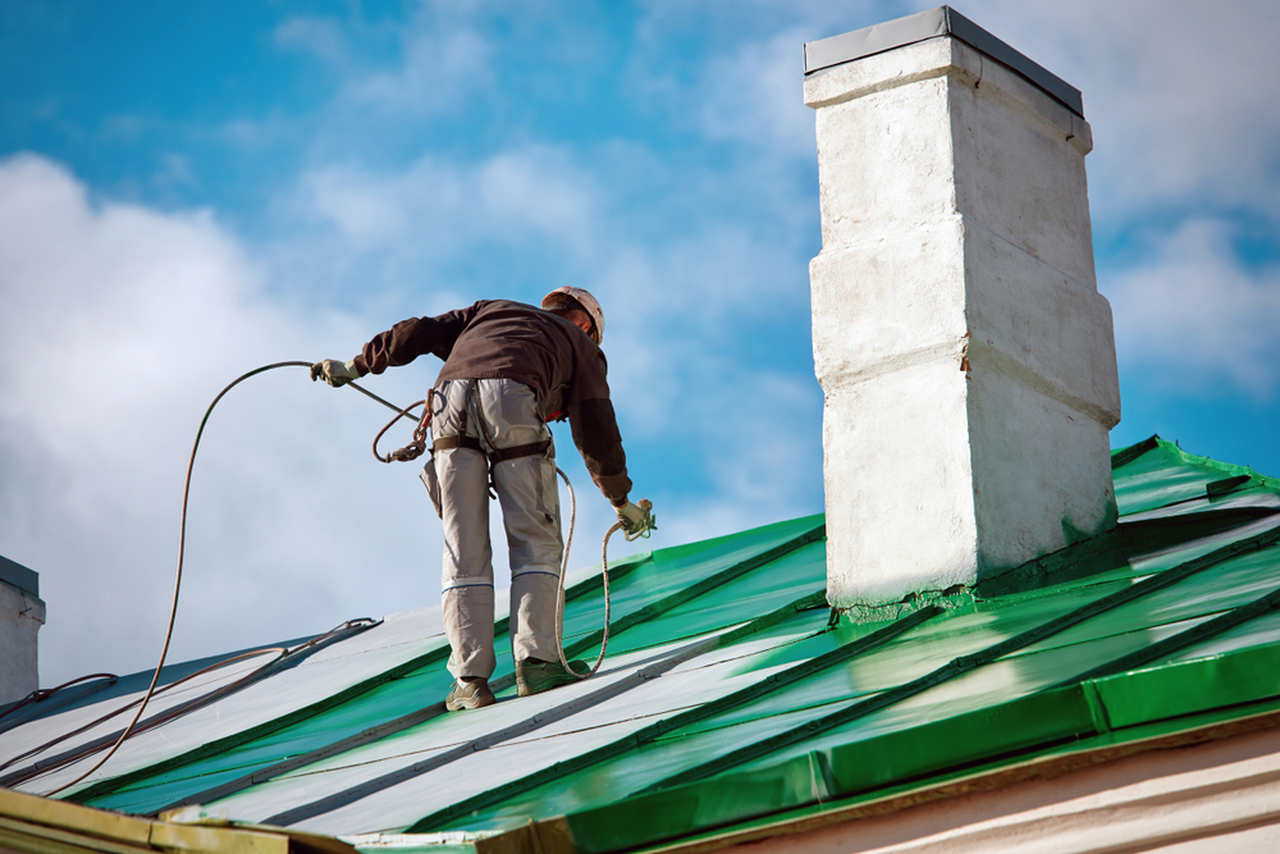Water Solutions That Withstand Omaha Weather: Weather-Tested Systems
Wiki Article
Just How Waterproofing Functions: A Comprehensive Take A Look At Methods and Technologies
Waterproofing is vital for securing structures from moisture-related damage. It includes numerous techniques and technologies that develop barriers versus water intrusion. Traditional methods, such as compressed clay, coexist with modern innovations like liquid-applied membranes. Recognizing the subtleties of these strategies is crucial for reliable application. The efficiency of any type of waterproofing remedy hinges not only on the strategies utilized however likewise on continuous maintenance and examination. What are the essential aspects that affect long-lasting performance?Comprehending the Basics of Waterproofing
Waterproofing is a vital process that safeguards structures from water intrusion, which can cause significant damage gradually. This method includes the application of different products and techniques developed to create an obstacle versus dampness. The key goal is to stop water from penetrating surface areas, which can trigger damage, mold and mildew development, and structural instability.Various elements affect the choice of waterproofing approach, consisting of the kind of structure, its location, and ecological conditions. Recognizing the physics of water activity and the buildings of different products is essential in choosing an efficient waterproofing solution.Effective waterproofing not just safeguards structures however also enhances their longevity and stability. Typically, it is incorporated right into the layout stage of building and construction to ensure complete security. As awareness of water-related problems expands, the value of comprehending waterproofing principles becomes increasingly clear to designers, builders, and homeowner alike.Typical Waterproofing Methods
Conventional waterproofing methods have actually been utilized for centuries, relying on time-tested techniques and materials to secure frameworks from water damages. One of the earliest methods involves the usage of clay, which, when compacted, develops an all-natural obstacle against dampness. In addition, bitumen, a sticky, black product obtained from petroleum, has been utilized for its water-resistant residential or commercial properties, typically applied to roofings and foundations.Another technique entails the application of lime-based plasters, which offer a breathable layer that allows moisture to escape while preventing water access. Thatch roof, a standard method still seen in some cultures, supplies excellent waterproofing as a result of its securely packed straw layers.Moreover, making use of rock and brick has actually projected, as these products are naturally resistant to water when correctly set up. In general, standard waterproofing approaches stress the value of picking appropriate materials and building and construction practices to improve sturdiness versus water invasion.Modern Waterproofing Technologies
Developments in modern waterproofing technologies have changed the way structures are secured from water damages. Innovative approaches such as liquid-applied membranes and advanced sealants have improved the effectiveness and flexibility of waterproofing solutions. These innovations enable smooth application, lowering the danger of leakages and making certain comprehensive protection over complex surfaces.Moreover, the assimilation of smart technologies, such as wetness sensing units and automated tracking systems, makes it possible for real-time assessment of waterproofing efficiency. This positive approach assists in timely upkeep and lowers long-term fixing costs.Additionally, advancements in spray-applied finishings use quick application and exceptional adhesion, adapting to various substrates while providing robust defense. Techniques like polymer-modified systems better improve adaptability and toughness, making them ideal for varied environments. Overall, contemporary waterproofing technologies not only alleviate water breach but also contribute to the long life and sustainability of frameworks, marking a considerable shift in the sector.Materials Made Use Of in Waterproofing
The effectiveness of waterproofing options heavily counts on the materials utilized in their application. Numerous products are used to develop barriers versus water ingress, each with distinct buildings fit for different settings. Frequently utilized materials consist of membranes, finishings, and sealants.Liquid-applied membrane layers, frequently made from polyurethane or acrylic, develop a smooth obstacle that adjusts to complicated surfaces. Sheet membranes, commonly built from rubber or thermoplastic, deal resilience and are ideal for larger areas. Additionally, cementitious waterproofing materials, composed of cementitious compounds, supply outstanding attachment and flexibility.Sealants made from silicone or polyurethane are important for joints and joints, making sure thorough defense. Innovative materials, such as geo-composite membrane layers, incorporate several features, enhancing performance. In general, the choice of waterproofing materials is vital in attaining lasting and efficient water resistance, tailored to particular task requirements and ecological conditions.
Common Applications of Waterproofing
Waterproofing plays a vital duty in different industries, making certain the longevity and stability of structures. Typical applications include domestic solutions that secure homes, business facilities that safeguards organizations, and industrial settings that need robust defense against moisture. Understanding these applications highlights the value of waterproofing in maintaining both safety and security and performance across various settings.Residential Waterproofing Solutions
Many property owners face challenges with dampness invasion, making efficient household waterproofing options visit this page important. Different methods exist to address this issue, including exterior and interior waterproofing systems. Interior services usually involve the application of sealants and coatings to cellar walls, which help prevent water infiltration. Outside approaches commonly include the installation of water drainage systems and waterproof membrane layers that divert water away from the foundation.Additionally, homeowners might take into consideration sump pumps to eliminate water build-up and dehumidifiers to manage moisture degrees. Appropriate grading and making use of gutters additionally play an important function in drylok masonry waterproofer managing water circulation around the home. By carrying out these techniques, home owners can considerably lower the danger of water damage and mold and mildew development, ensuring a dry and risk-free living setting.
Business Facilities Protection
Efficient waterproofing remedies play a critical role in the security of industrial infrastructure. Water Solutions Omaha. These methods are necessary for guarding structures, car parking structures, and bridges from water damage, which can endanger structural stability and bring about expensive fixings. Usual applications include the installment of membrane layers, finishes, and sealants that develop barriers versus dampness seepage. Locations such as cellars, roofs, and exterior wall surfaces are frequently focused on to ensure durability and toughness. Furthermore, waterproofing systems can boost energy effectiveness by preventing water-related issues that may result in mold growth and deterioration. By applying robust waterproofing actions, homeowner can safeguard their investments and keep operational performance, eventually contributing to the total sustainability of commercial centersIndustrial Applications Overview
While various sectors deal with distinct obstacles, the requirement for reputable waterproofing services stays a continuous in commercial applications. Industries such as production, building, and power often run into environments where moisture direct exposure can threaten structural honesty and operational effectiveness. In producing centers, waterproofing is critical for shielding machinery and materials from water damage. In construction, it safeguards foundations and basements against groundwater infiltration. The power industry counts on waterproofing for the defense of devices in hydroelectric plants and offshore structures. In addition, food processing markets make use of waterproofing to ensure hygiene and compliance with security criteria. In general, effective waterproofing options are vital for boosting sturdiness, safety and security, and productivity across numerous industrial settings.
Upkeep and Long Life of Waterproofing Solutions
Waterproofing options are made to use long-term security against moisture invasion, normal upkeep is necessary to guarantee their performance and long life. Routine assessments play a significant duty in identifying potential concerns such as cracks, peeling off, or indications of water damage. Dealing with these that site issues quickly can avoid further damage and pricey repairs.Additionally, cleaning up the surface area of waterproofed areas helps get rid of dirt and particles that might endanger the stability of the waterproofing barrier. It's also advisable to reapply protective coverings or sealants as recommended by makers to preserve excellent performance. Environmental aspects, such as UV exposure and severe weather, can impact the life-span of waterproofing products, making regular evaluation essentialFrequently Asked Questions
Can Waterproofing Be Applied in Cold Climate?
The concern of applying waterproofing in winter raises worries regarding adhesion and treating. Many products may not perform at their finest in low temperature levels, requiring careful selection and factor to consider of specific standards for reliable application.How Much Time Does Waterproofing Generally Last?
The period of waterproofing performance differs based on products and ecological aspects. Typically, it can last from five to ten years, but regular maintenance and assessments are vital to guarantee peak efficiency and longevity.Is Do It Yourself Waterproofing Effective and Safe?
The performance and safety of do it yourself waterproofing rely on various variables, including material high quality and application method. While some individuals achieve sufficient outcomes, others might come across concerns that jeopardize lasting defense and structural integrity.What Are the Signs of Failing Waterproofing?
Signs of falling short waterproofing consist of visible water discolorations, peeling off paint, mold and mildew development, stuffy odors, and moisture in walls or ceilings - Sump pump installation & replacement Omaha. These signs recommend compromised obstacles, necessitating punctual evaluation and prospective removal to protect against more damagesExactly how Do I Select the Right Waterproofing Professional?

Report this wiki page